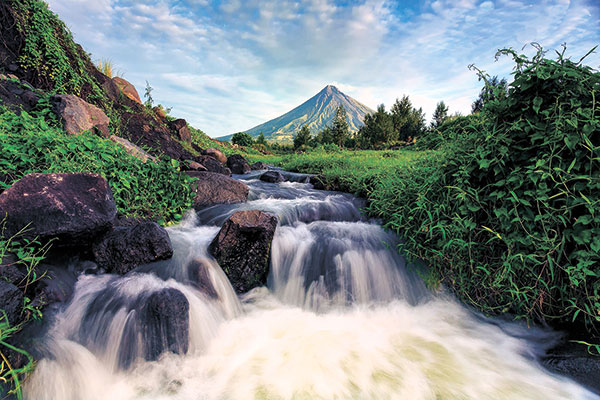Pixel Dimension
WHEN you started learning about photography, you probably asked what is the pixel dimension or megapixel of your camera. Of course, the assumption is always the more pixels the better the camera. It’s quite obvious that the camera in a cellphone is mostly promoted to have more pixel thus having better quality images.
While it’s true that pixel dimension adds to the quality of the image, it’s is just a part of how an image is measured in quality. There’s also how big the sensor and how much noise can it avoid even in low light conditions. There’s dynamic range that can really kill the quality of the image. All these considerations are part of how the quality of an image is assessed.
The number of pixels found in your sensor is directly related to how many photodiodes are found in your sensor plane. It means that every pixel is produced by a photodiode that reads light in terms of wavelength and intensity. The bigger the photodiode, the better it is to gather data in terms of accuracy and details.
It’s always a rule of thumb that the bigger the sensor, the better the light capture. However, technology today and the marriage of hardware and software offer solutions to some of the hardware limitations before. Smaller sensors are getting powerful because of algorithms added to the equation of the captured light.
That’s why your phone is surprisingly producing images you cannot even imagine possible before. It also means that a bigger sensor that has better hardware capabilities can now exponentially improve their image with the support of better software algorithm. If smaller sensors are now powerful, it also pushes the boundaries of bigger sensors.
Now that you have captured your image through your photodiode and it’s now represented as pixel dimension in Photoshop, how big can I print my image? Note that pixel dimension is a unit of measure. It is similar to inches and centimeters that respectively have their standard basis. If you want to convert pixels to inches, you need to decide how many pixels you want to put in every inch.
If a pro digital camera will have 6,000 pixels on the long end and you decided to put 300 pixels in every inch, then the image is 6000/300 = 20 inches long. If you want to put 72 pixels in every inch, you’ll get 83.3 inches. Print publication will always ask for 300 pixels per inch and those used for web publication will only ask for 72 pixels per inch.
Often, Photoshop will throw away the extra pixels but if more is needed, Photoshop will guess the added pixels based on intelligent algorithm. It means that image captured with high resolution camera is overkill if images is intended for web in the first place.
If you need to print for billboard, do you need more pixels? The answer is a big no. Billboards are printed in low resolution since viewers will see it from a distance, the farther the viewer the less details is visible.
The only time you need a high resolution image like those produced by 40 megapixel cameras is when you print big size images that will be viewed in close range like wall mural, wallpaper or framed photos mounted on walls.
It is important for photographers to understand the elements of a digital image since this is the technology used in photography today. Keep on shooting everyone!
photomania.sunstar@gmail.com
www.abertpedrosa.com





